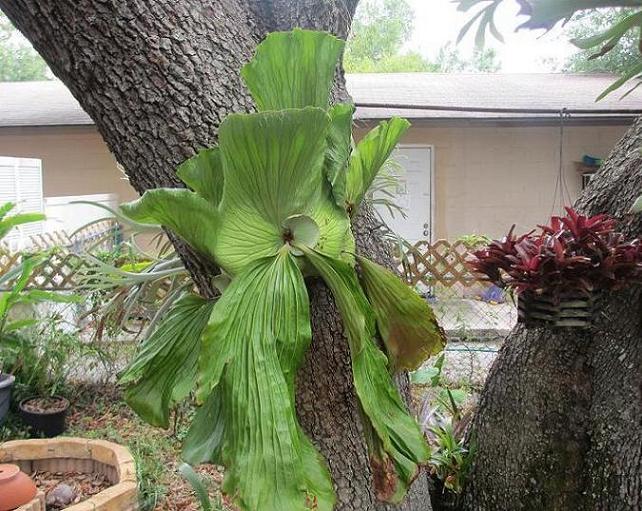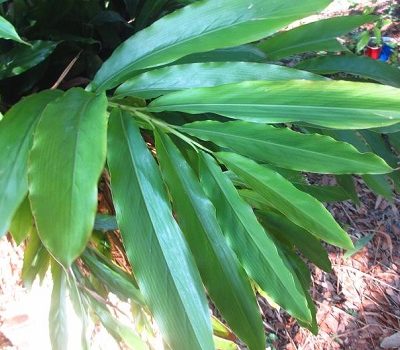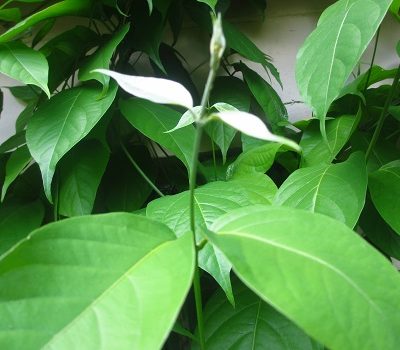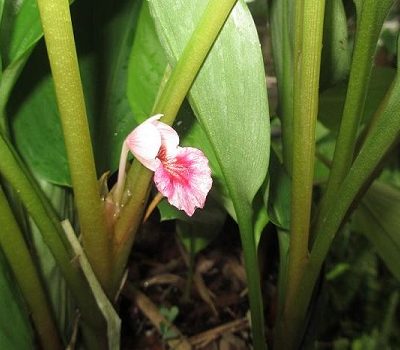This is truly one of my favorite staghorns. Unlike other Platycerium species, the fronds of P. elephantotis do not fork at all, giving them a very rounded appearance. Tall arching sterile fronds, and deeply veined broad round fertile fronds make this rare fern stand out from the crowd. Its common name is the elephant ear staghorn, and it really does look like a pair of ridiculously large ears.
Click here for a video on this plant.
This pant has a reputation of being difficult to grow, but it really isn’t at all. The one trick to getting this plant to thrive is water. Most species of staghorn ferns like to dry out a bit between watering, but not this one. They do best when kept evenly moist, and they prefer a little more shade than most species. When they droop from water stress, they don’t always bounce back too well once you do water them, so my advice is to not let that happen in the first place. Keep them hydrated.
Binomial nomenclature
Platycerium elephantotis
Origin
Africa
Description
Unlike other Platycerium species, the fronds of P. elephantotis do not fork at all, giving them a very rounded appearance. The sterile fronds are tall and arched. The fertile fronds are broad and rounded with distinctly veined surface. The single spore patch on the underside of the fertile fronds is large and round.
Size
The fertile fronds are 24″-30″. The sterile fronds are 18″-24″.
Temp/zone
P. elephantotis prefers temperatures to be above 60°F. It will survive short periods of colder temperatures. Damage will begin to occur below 40°F
Light
Filtered shade.
Water
Water regularly. Keep this plant evenly moist. Do not let it dry out. This species likes high humidity.
Fertilizer
I fertilize all of my staghorn ferns with dilute (half strength) orchid fertilizer, once a month during the spring and summer. Many people put banana peels on top of their staghorn fern. I have found that this only serves to invite insects and rats to your plants, and I haven’t found it to be of any benefit.
Cultivation
This fern, prefers to be mounted on a sphagnum covered wood plaque. Propagation is by spore, or division.
Pests
Scale and mealy bug, sometimes attack P. elephantotis. I use imidacloprid (Bayer, rose and shrub)










Beatiful do you sell elaphantotis plants.
Not yet. I’m still working on it. Eventually I plan to.
Olá!
Gostaria de comprar platycerium .